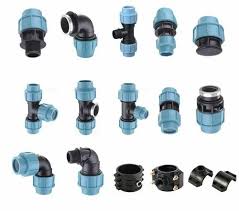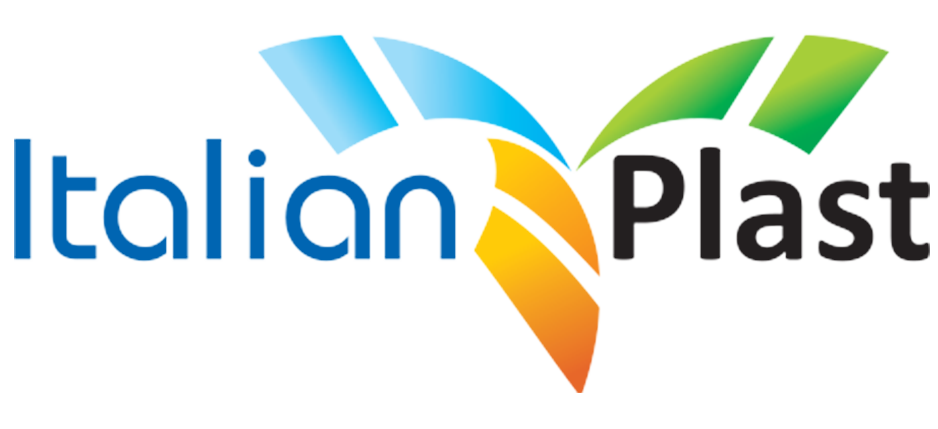Menu

HDPE fittings manufactured by Hydroplast that have been used for many years as a versatile and safe product that can be used in a variety of applications. Polyethylene fittings are commonly used in plumbing and electrical installations. They are also used in the automotive, agricultural, and construction industries. This blog will discuss the uses of Polyethylene fittings, what they are made of, and how they are installed.
HDPE fittings is one of the type of plastic piping that is available in a variety of shapes and sizes. They are typically used for drainage, sewer, and irrigation applications. they can be connected to each other using a variety of methods, including solvent welding and mechanical joining. Although they are generally more expensive than other types of plastic piping, they have a number of advantages, including being lightweight and easy to install.
Installation of the HDPE fittings can be quite simple. You will need to take the tubing and cut it to the desired length. If you are connecting a new faucet to an existing sink, you will need to unscrew the old faucet and screw in the new one. It is important that you make sure that there is nothing blocking the water flow. Make sure that the hose is on the right side of the sink and then use the wrench to tighten it down. Once it’s tightened down, use the wrench on the other side of the sink to tighten it down as well. Once it is tightened down, use a rag to clean up any excess water and, then use some plumber’s tape around the threads so that it doesn’t leak.




HDPE is a thermoplastic polymer with a wide range of applications. It is used in packaging, as well as in pipes and fittings. It is a versatile material that can be used in a variety of applications due to its properties. Some of the properties that make it a good choice for pipes and fittings include:

This makes HDPE easier to transport and install.

This allows HDPE fittings to be installed in tight spaces.

This allows HDPE fittings to be installed in tight spaces.

UPVC Fittings is an engineered plastic known as Unplasticized Polyvinyl Chloride. The term “Unplasticized” refers to the absence of plasticizers, which enhance plastic’s flexibility and decrease its brittleness. PVC, a separate product from UPVC, is now the most widely used plastic in building due to the addition of plasticizers.
In the 1960s, Germany began using uPVC for the first time commercially. Polyvinyl chloride (PVC) was used by manufacturers previously, but its short shelf life made it an unsuitable material. Manufacturers soon found that PVC held up better when plasticizers were not added. Modern uPVC was created as a result!
In today’s market, UPVC (unplasticized polyvinyl chloride) fittings are becoming more and more popular for use in a wide range of applications. UPVC is a type of plastic that is durable, flexible, and weather resistant. UPVC fittings can be used for everything from plumbing to windows and doors.
UPVC fittings are used to connect pipes made from unplasticized polyvinyl chloride. UPVC is a rigid plastic material with good chemical and mechanical resistance properties. UPVC fittings come in various shapes and sizes, depending on the application. The most common types of UPVC fittings are elbows, tees, and adapters.
Hydroplast UPVC Fittings are a great product that is perfect for any home and industrial improvement project. They are easy to install, durable, and look great. I highly recommend them to anyone looking for a high-quality product that will last for years to come. We hope that you enjoying your time reading our blog, please contact us if you have any further questions about UPVC Fittings
UPVC (Unplasticized Polyvinyl Chloride) fittings and pipes are considered the best choice for fluid transportation systems in industrial projects, power plants, and water supply systems. They offer exceptional resistance to corrosion, chemicals, and environmental stress, ensuring long-lasting and reliable performance. For major firefighting projects, gas supply systems, and urban sewage systems, UPVC utilization is highly recommended due to its durability, cost-effectiveness, and ease of installation. These fittings and pipes are also known for their low maintenance requirements, making them an ideal solution for both short-term and long-term applications. By choosing UPVC, you can ensure the efficiency and safety of your fluid transportation systems across various industries and applications.


56 Bay Meadows Ave.
Vineland, NJ 08360
